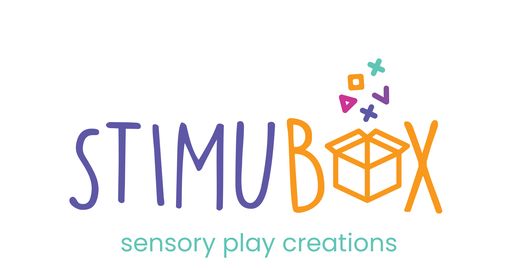
Our sensory boxes are a unique early childhood development tool in Namibia that stimulates a child’s development and educates and empowers the parents in the process.
Sensory play is a form of play that stimulates any of a child’s senses. It also includes movement, balance, and spatial awareness (understanding one object in relation to another). This type of play builds cognitive skills and helps children to learn about the world through their senses.
The first three years of a child’s life are an important period of time where their brain grows at a rapid rate. At birth, a child’s senses are not fully developed. They only develop and mature over time through exposure to sensory experiences in the world around them.
Sensory play is important for brain development because the stimulation of senses helps to build nerve connections in their brain pathways. Exposure to various sensory experiences is necessary for their brain to develop the proper capabilities to process sensory information throughout their lives.
- Tactile Play: children exploring objects with their hands. This type of play teaches children about pressure, temperature, different textures, and much more.
- Vestibular Sensory Play: our sense of balance and movement derives from the vestibular system, located in our inner ear. This type of play includes rolling around, jumping, swinging, hanging, balancing, etc. Stimulation of this sense helps to strengthen the vestibular system, helping children to improve in the above-mentioned skills.
- Proprioception Sensory Play: thanks to proprioception, we don’t have to think twice when we are climbing stairs or think about exactly how much pressure we need to apply to pick up a cup, or how exactly we need to move our hand to brush our teeth. Through proprioception, we learn where we are physically in space and how our limbs relate to the rest of our body. Pushing, pulling and jumping activities help to stimulate this sense and develop spatial awareness.
- Auditory Sensory Play: exploring sound through play. This type of play helps children differentiate sounds and develop their hearing.
- Visual Sensory Play: playing with and identifying colours, patterns and tracking movements. This type of play helps to develop vision and sight.
- Olfactory (smell) and Taste Sensory Play: exploring these senses by smelling flowers, tasting various foods (or new toys). This type of play aims to develop these senses and encourages the exploration of smell and taste.
- Sensory play encourages learning through exploration, curiosity, problem solving and creativity. The benefits aren’t always visible to the naked/untrained eye, but they are rich and enhance a child’s developmental journey. Some of the benefits include:
- Supports cognitive development by building nerve connections and strengthening nerve pathways in the brain
- Encourages the development of fine and gross motor skills
- Supports language development
- Encourages problem solving
- Develops ability to focus and block out distractions
exploring these senses by smelling flowers, tasting various foods (or new toys). This type of play aims to develop these senses and encourages the exploration of smell and taste.
I am a qualified Kinderkineticist (early childhood motor development specialist and I have been practicing for the past two years. I work with children daily, and my experience of working with babies has equipped me to start this business and assist parents to stimulate their babies and support their development. I have also worked closely with first-time parents to see what their needs are and how we can assist them on their new journey. We look forward to collaborating with even more parents and educators so that we always provide a product that is relevant to the needs of our clients.
